Government not testing tower blocks for the same deadly insulation as Grenfell, amid accusations of a 'quick fix'
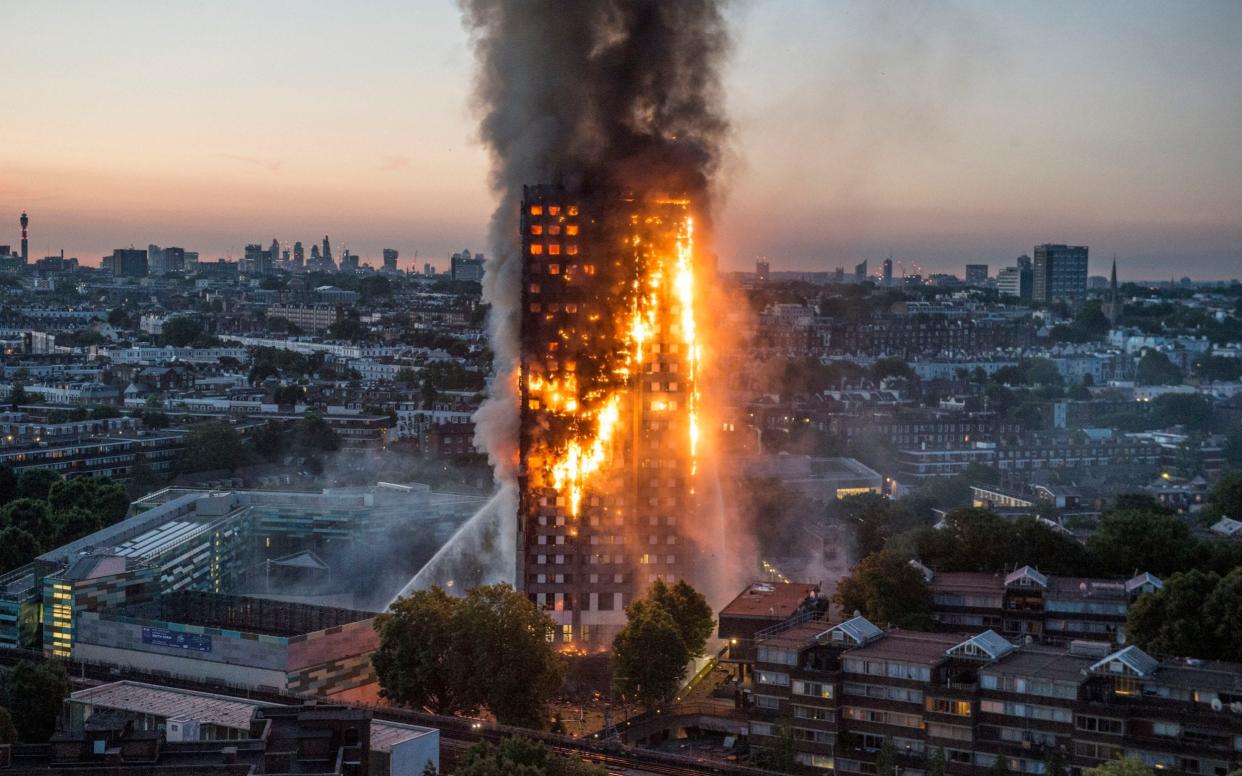
Tower blocks around the country could be fitted with the insulation that fuelled the Grenfell inferno but it is not being tested by the Government, it has emerged.
Councils and landlords have been told to carry out their own examination of the potentially combustible material behind the panels, despite police testing highlighting the speed at which it burned on the west London tower block.
The Government, which is rushing through official tests on the cladding panel, has been accused of looking for a "quick fix".
Police have now formally identified 18 victims of the Grenfell fire, with a further 61 people missing presumed dead. It is feared that the number could yet rise.
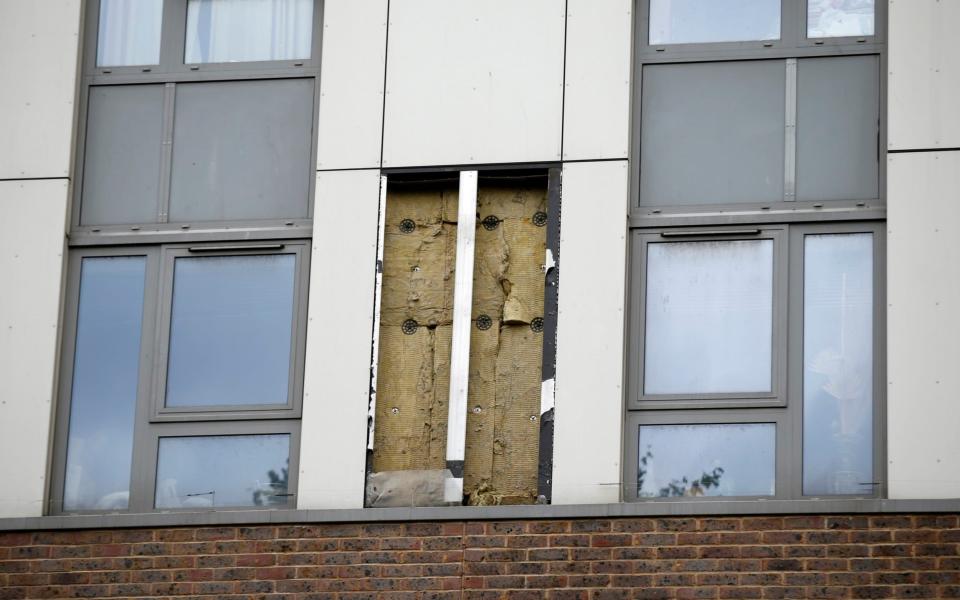
Samples of aluminium composite material (ACM) used in the cladding from 75 high-rise buildings in 26 local authority areas have now been tested by the Department for Communities and Local Government and every single one of them has failed safety tests.
Hospitals and schools will also be tested to make sure they are not encased in combustible cladding, Downing Street said.
Sajid Javid, the Communities and Local Government Secretary, said that he was "concerned" that the samples were not being sent in quickly enough as their testing facility was not working at capacity of 100 panels a day. The Local Government Association said councils have been working quickly to check cladding.
However, it was warned that the Government is focusing on one element of danger whilst other safety measures go unchecked.
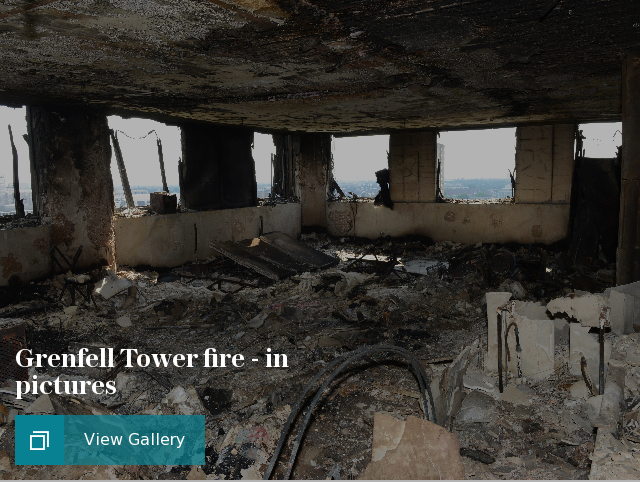
The Metropolitan Police has confirmed that while both the cladding and the insulation on Grenfell failed safety tests, it was "the insulation that burnt so quickly". This is not being tested by the Government.
Matthew Needham-Laing, an architect who is head of construction at Katten Law UK, said: "I think that they have got to look at the whole construction of the cladding zone.
"If the insulation catches light the rain screen could be completely incombustible but you still would have the same problem with the fire catching the outside of the building."
He said that "almost 100 per cent" of the 600 tower blocks with cladding panels will have been fitted with some form of insulation.
There are two types of insulation, the most common is PIR blocks which are fire resistant but still combustible, like the Celotex blocks used on Grenfell Tower.
The second type of insulation is a mineral wool, which is non-combustible but less common in the industry as it is difficult to install, experts say. Camden, Hounslow and a number of other blocks found to have cladding issues confirmed they had mineral wool insulation.
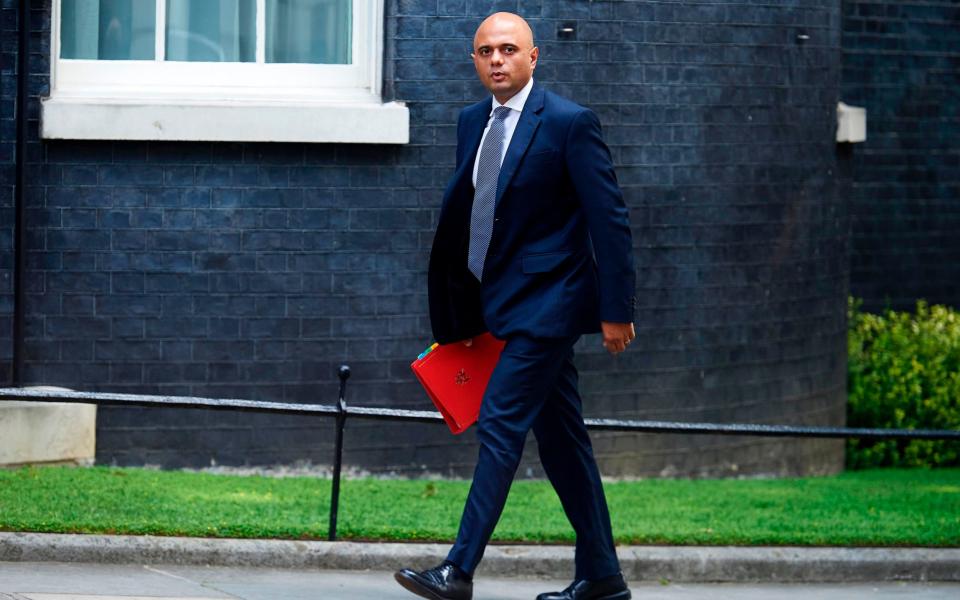
Experts said that to properly mitigate the risk landlords need to do a full assessment and should consider measures such as internal or external sprinklers to stop the spread of fire if combustible elements remain. Such measures are already used in Dubai and Australia after cladding was blamed for fires there.
Mr Needham-Laing said: "Just doing something in isolation is not enough, you need to look at the overall risk and what you can do to mitigate it. I understand that people want things done quickly but it is the wrong way to go about it.
"There is no real quick fix answer, it is much more complicated than that."
Jim Fitzpatrick MP, a former fire minister and firefighter, added: "Just addressing the cladding doesn't seem to cut it, it is a good place to start, but it is only one element."
When asked what was being done about the insulation which had been flagged by the police, Mr Javid said that they have "updated the advice going to councils and are looking at the best way to respond to that". A spokesman for the DCLG said that they have advised landlords to carry out robust fire testing.
Mr Javid said the fact that Camden Council did not begin evacuating the Chalcots Estate until two days after cladding failed combustibility tests as an illustration that it "is not the whole story".
However, he pointed out that testing was the "trigger" to prompt a fire safety inspection which highlighted a raft of issues including almost 1,000 missing fire doors.
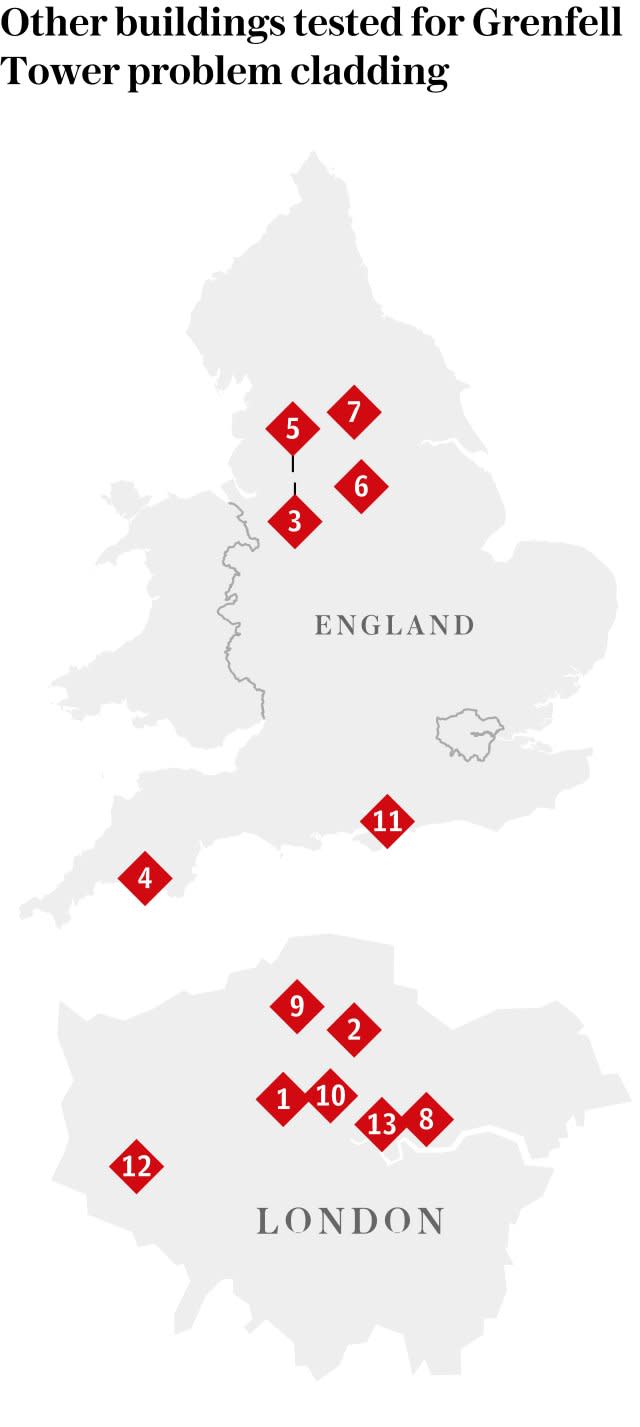
He confirmed an independent expert advisory panel will be established to advise the Government on any immediate steps needed on fire safety.
Manufacturer Arconic yesterday stopped global sales of Grenfell Tower's Reynobond PE cladding for tall buildings, citing concerns about the "inconsistency of building codes across the world".

 Yahoo News
Yahoo News 
